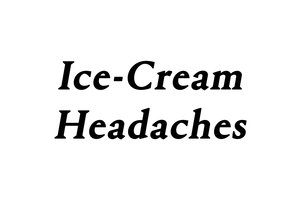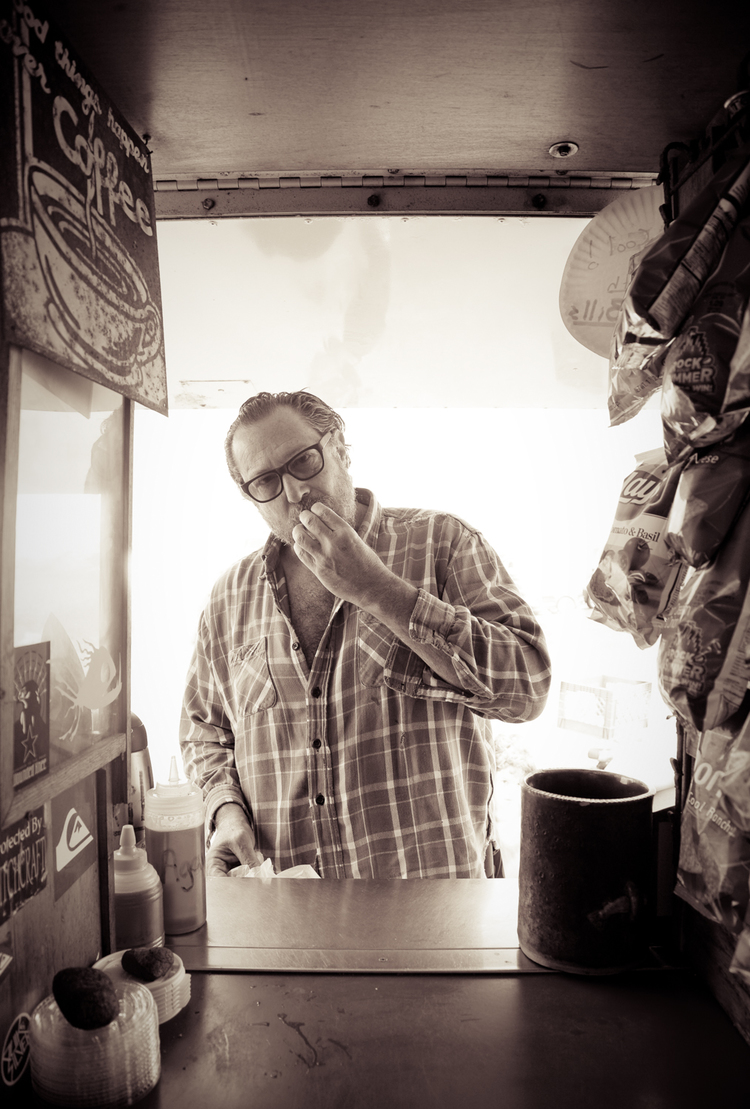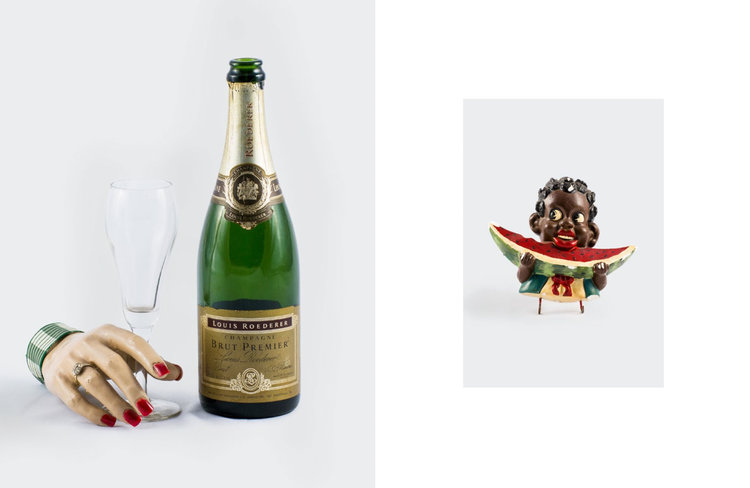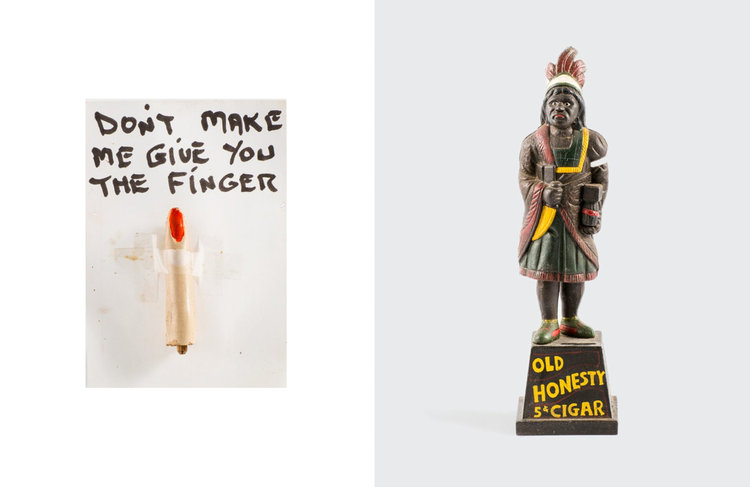After taking a break from our journal to actually finish the book (which we did), we’re back with a fresh series of interviews and stories about some of the movers, shakers and creatives we admire from the East Coast and beyond.
If you surf in New York and especially in Long Island, you might be familiar with a young photographer named Grant Monahan who has steadily been building a strong portfolio of photography from surf travels around the world. His work was most recently on display at in a compelling and energetic solo show, ELSEWHERE, at the Montauk Beach House. We ask Grant to share his story and tell us about the show.
Can you tell us about yourself?
I was born and raised in Montauk, NY, where I still live today. My father, Tomas, is one of the old-school Montauk surf crew, and introduced me to surfing at a very young age, something I cherish and am very thankful for. In the summertime I work seven days a week at my family's business The Ditch Witch and in winter I fuel my passion for surfing, photography, traveling, and experiencing different cultures.
How did you get into photography?
I have always been intrigued by cameras and photographs, but it wasn't until I was at College of Charleston in South Carolina that I began taking photography seriously. I became obsessed with skateboarding - specifically, the very intense backyard skate ramp scene that was flourishing in Charleston. The level of skateboarding was way beyond my ability, so when the sessions got heated I grabbed my camera. While I got my degree in anthropology, at the same time this experience sparked a desire to document the culture I was witnessing. I realized I just loved taking photographs and couldn't stop. I’m very fortunate to have grown up in Montauk, surrounded by exceptionally creative people who’ve constantly influenced me, given me advice, and gone out of their way to help me succeed - too many to name.
The Ditch Witch is an institution at this point - how did it get started?
My mother, Lili, started the Ditch Witch in 1994. Before that she was a chef in numerous restaurants around the East End. When I was a baby, my mother used to take me to the beach right by our house, Ditch Plains, and she always wished there was a place there that didn't just sell hotdogs and had decent food. So she and my father went for it and started the Ditch Witch. The first season there was absolutely zero sand at Ditch Plains, the entire beach was rocks. Business was terrible and they almost gave it up, but the next year there was a giant beach with loads of sand and The Ditch Witch did well. This season is the 24th year of the Ditch Witch. My Mother worked twenty seasons and then retired. Now my sister and I are partners in the business. I truly love working in that small trailer at Ditch Plains and interacting with the abundance of interesting people that pass by. I am 27 years old and I’ve now worked there for 19 years...
Tell us about the exhibition at Montauk Beach House - what's the idea behind this collection of images?
The collection of images at ELSEWHERE was honestly never supposed to be put together as a photography exhibition. They were photographs I had shot traveling over the past five years, simply out of enjoyment and for the memories. When their Creative Director, Walt, asked me to put something together, I decided to go back and explore all that film. I feel this series shows who I am as a person and photographer more than any other collection of images I’ve displayed in the past. These photographs were very personal to me and I couldn't be happier with how they look at the Beach House and how the exhibition has been received.
Is there a particular point of view you're working towards in your photography?
I believe growing up in Montauk, surrounded by "salt of the earth" people has definitely influenced my photography. I want to point my lens at those kinds of people and capture snippets of culture that truly exemplify a place. I like to think I have a photojournalistic approach, which was sparked by a love of shooting film. I want people to look at my photographs and see authenticity and know what they are seeing is real, a pure image.
As fellow book enthusiasts, we love that you've chosen to document your work in book form. What inspired you to do that and what have you learned from the process?
Books are a special way to display a collection of photographs. As an object it becomes so much more than just the images. It is its own art form; the textures, the size, pagination, the typography, etc. Everything has to come together to create one tangible display. I’ve produced two books and numerous small "zines", each one more rewarding then the next. My first project was a book of portraits I shot through the Ditch Witch service window, called View From the Window. My most recent project was The Dock, a still life project where I photographed all the memorabilia on the walls and selves of The Dock Tavern in Montauk. Both projects were an attempt to capture a small snippet of Montauk culture in an unique way. The Dock book was so rewarding because it was a true collaboration between me shooting the photographs, Javas Lehn designing the book, George and Chris Watson writing the introduction and all the captions, and Bill Duer of Hatteras Press dialing in all the printing details. Books are exceptionally difficult to produce but creating a lasting, tangible product is the most rewarding feeling.
What's the next project you're looking forward to?
I have a dream project that I want to begin. It involves Montauk, portraits, and the backbone of this beautiful community. I can't really go much further than that - I want to take the photographs first and announce the rest later!
































